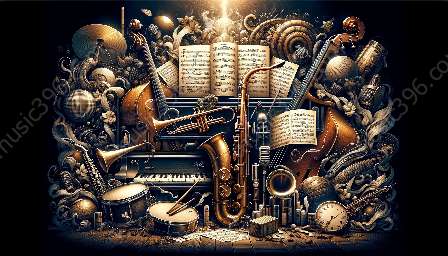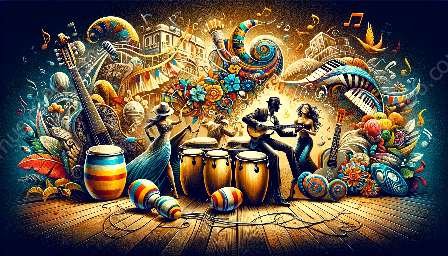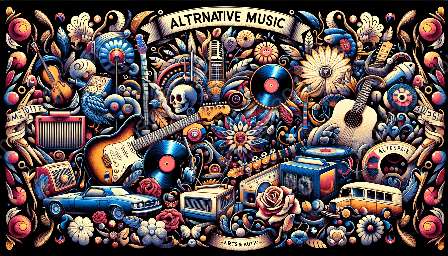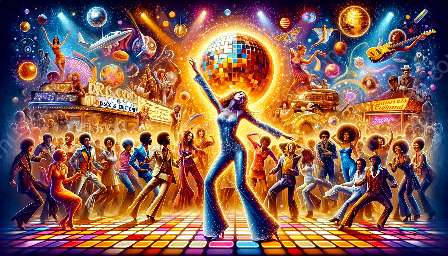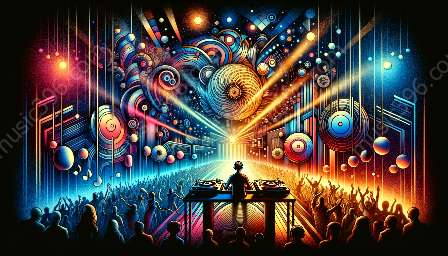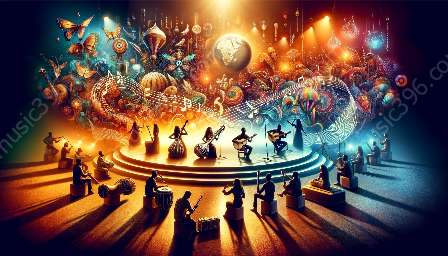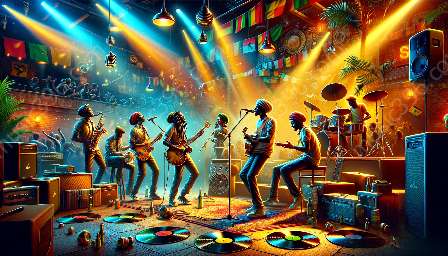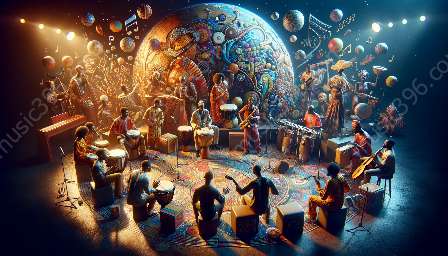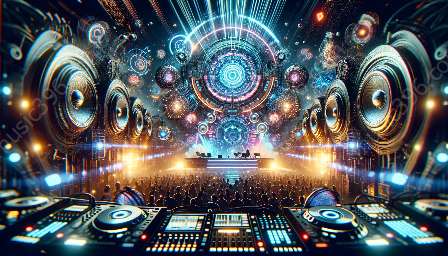Dubstep music has emerged from underground origins to gain mainstream recognition, prompting a shift in perception and reception within the media and public opinion. This evolution has had a significant impact on the broader music genres landscape.
In the early 2000s, dubstep began as an underground movement, characterized by its deep basslines, intricate rhythms, and heavy emphasis on sub-bass frequencies. As the genre gained traction, its perception in mainstream media and public opinion underwent a transformation, leading to a reevaluation of its cultural significance.
This article will delve into the various stages of dubstep's evolution, the factors that influenced its perception in mainstream media and public opinion, and the impact of this evolution on the wider music genres. From the early underground scene to its current status in popular culture, we'll explore the journey of dubstep and its changing reception in the public consciousness.
Origins and Underground Movement
Dubstep originated in the underground music scene of South London in the late 1990s, drawing influence from various electronic genres such as dub, reggae, 2-step garage, and drum and bass. Its distinctive sound, characterized by syncopated rhythms and heavy basslines, quickly captivated a niche audience and began to gain attention in underground clubs and radio shows.
However, dubstep's early years were defined by its underground status, with limited exposure in mainstream media and public opinion. This obscurity allowed the genre to develop authentically, free from commercial pressures and pop culture trends, and cultivate a dedicated following among enthusiasts of electronic music.
Rise to Mainstream Recognition
By the late 2000s, dubstep had begun to attract wider attention, both within the music industry and among mainstream audiences. Influential music labels, DJs, and producers played a crucial role in introducing dubstep to broader audiences, leading to its assimilation into popular culture.
As dubstep's profile grew, its perception in mainstream media began to shift, with increased coverage in music publications, radio airplay, and inclusion in festivals and live events. This elevation in visibility brought about a reevaluation of dubstep's artistic and cultural significance, prompting discussions and debates about its place in the wider music landscape.
Impact on Music Genres Landscape
The evolution of dubstep's perception and reception in the mainstream media and public opinion has had a profound impact on the broader music genres. Its crossover appeal and influence on other genres, such as pop, hip-hop, and electronic dance music, have reshaped the musical landscape and inspired the emergence of new hybrid styles and subgenres.
Furthermore, dubstep's journey from underground obscurity to mainstream recognition has sparked conversations about the role of subcultures in shaping popular culture, as well as the power of grassroots movements to influence the trajectory of music and art. Understanding the evolution of dubstep's perception and reception provides valuable insights into the dynamics of cultural appropriation, commercialization, and innovation within the music industry.
Conclusion
In conclusion, the evolution of dubstep music's perception and reception in mainstream media and public opinion reflects a broader cultural shift in the way underground genres are assimilated into popular culture. From its humble origins in the underground music scene to its current status as a global phenomenon, dubstep's journey offers a compelling narrative of artistic innovation, cultural impact, and the power of music to transcend boundaries and influence perceptions. This evolution continues to shape the music genres landscape, inspiring new generations of artists and enthusiasts to explore the boundaries of creativity and expression.



